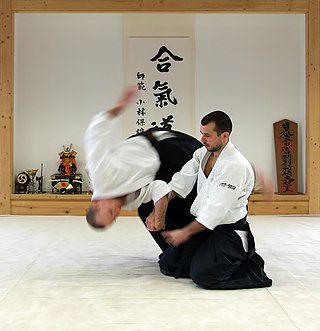
Aikido is a modern Japanese martial art that is split into many different styles, including Iwama Ryu, Iwama Shin Shin Aiki Shuren Kai, Shodokan Aikido, Yoshinkan, Renshinkai, Aikikai and Ki Aikido. Aikido is now practiced in around 140 countries. It was originally developed by Morihei Ueshiba, as a synthesis of his martial studies, philosophy and religious beliefs. Ueshiba's goal was to create an art that practitioners could use to defend themselves while also protecting their attackers from injury. Aikido is often translated as "the way of unifying (with) life energy" or as "the way of harmonious spirit". According to the founder's philosophy, the primary goal in the practice of aikido is to overcome oneself instead of cultivating violence or aggressiveness. Morihei Ueshiba used the phrase masakatsu agatsu katsuhayabi" to refer to this principle.
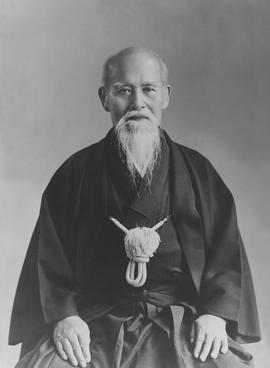
Morihei Ueshiba was a Japanese martial artist and founder of the martial art of aikido. He is often referred to as "the founder" Kaiso (開祖) or Ōsensei (大先生/翁先生), "Great Teacher".
Bodymind is an approach to understand the relationship between the human body and mind where they are seen as a single integrated unit. It attempts to address the mind–body problem and resists the Western traditions of mind–body dualism.
The Hakomi Method is a form of mindfulness-centered somatic psychotherapy developed by Ron Kurtz in the 1970s.
Robert Nadeau is an American aikido teacher holding the rank of 8th dan and master teacher(Shihan) in the Aikikai. Nadeau began training in martial arts at the age of 16 and began studying Aikido with American instructor Robert Tan.
Somatic Experiencing (SE) is a form of alternative therapy aimed at treating trauma and stress-related disorders, such as PTSD. The primary goal of SE is to modify the trauma-related stress response through bottom-up processing. The client's attention is directed toward internal sensations,, rather than to cognitive or emotional experiences. The method was developed by Peter A. Levine.
Body psychotherapy, also called body-oriented psychotherapy, is an approach to psychotherapy which applies basic principles of somatic psychology. It originated in the work of Pierre Janet, Sigmund Freud and particularly Wilhelm Reich who developed it as vegetotherapy. Branches also were developed by Alexander Lowen, and John Pierrakos, both patients and students of Reich, like Reichian body-oriented psychotherapy and Gerda Boyesen.
Felice Newman is an American author, publisher, sex educator, and coach of soma studies.
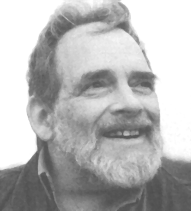
Terry Dobson birthname Walter Norton Dobson III (1937–1992) was an American aikido pioneer, aikido teacher, and writer, who studied directly with the founder of aikido, Morihei Ueshiba, as one of the first, small handful of non-Japanese to do so.

Bruce Kumar Frantzis is a Taoist educator who studied Taoism in China.
George Burr Leonard was an American writer, editor, and educator who wrote extensively about education and human potential. He served as President Emeritus of the Esalen Institute, past-president of the Association for Humanistic Psychology, co-founder of Integral Transformative Practice International, and an editor of Look Magazine. He was a United States Army Air Corps pilot, and held a fifth-degree black belt in aikido. Typical of his philosophy, life's work, and the times (1960s), Leonard stated: "Western civilization has been a 2,000 year long exercise in robbing people of the present. People are now learning the powerful joys that hide in the narrow place of the hourglass, the eternal moment. Here is their golden learning: to see - really see - spring flowers; to feel - really feel - the grace of love."
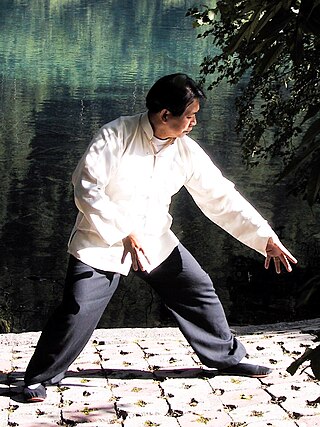
Qigong, is a system of coordinated body-posture and movement, breathing, and meditation said to be useful for the purposes of health, spirituality, and martial arts training. With roots in Chinese medicine, philosophy, and martial arts, qigong is traditionally viewed by the Chinese and throughout Asia as a practice to cultivate and balance the mythical life-force qi.
Postural Integration is a type of bodywork purporting to draw on "energy" and allow access to the past. It was devised in the late 1960s by Jack Painter (1933–2010) in California, US, after exploration in the fields of humanistic psychology and the human potential movement.
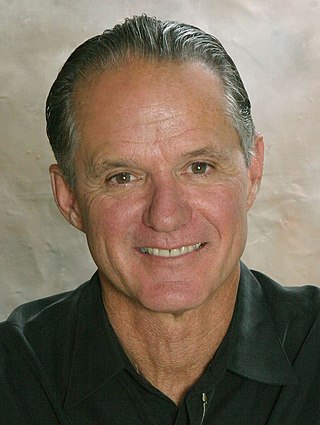
Richard Strozzi-Heckler is an American author, coach, and consultant on "embodied leadership and mastery."
Hiroshi Kato; was an Aikido Master. He lived in Tokyo, Japan, and travelled the world teaching the principles of Aikido. A former student of Morihei Ueshiba, Sensei Kato taught from 1986 onwards in his Dojo "Suginami Aikikai" located in the Ogikubo district of Tokyo and has over 55 students.

Somatics is a field within bodywork and movement studies which emphasizes internal physical perception and experience. The term is used in movement therapy to signify approaches based on the soma, or "the body as perceived from within", including Skinner Releasing Technique, Alexander technique, the Feldenkrais Method, Eutony Gerda Alexander, Rolfing Structural Integration, among others. In dance, the term refers to techniques based on the dancer's internal sensation, in contrast with "performative techniques", such as ballet or modern dance, which emphasize the external observation of movement by an audience. Somatic techniques may be used in bodywork, psychotherapy, dance, or spiritual practices.
Stanley Keleman was an American writer and therapist, who created the body psychotherapy approach known as "formative psychology". He was one of the leaders of the body psychotherapy movement nationally and internationally. His methodology rested on an anatomical base and incorporates an evolutionary, philosophical and mythological perspective; within this formative paradigm the human is capable of learning voluntary self-influence of instinctual and emotional expression as a way to manage dilemmas of daily living and to form personal choices for creating a future. Keleman started developing and articulating his concepts in 1957. In 1971, he published the first of 10 books.
Marion Rosen was a German-American physiotherapist. She developed Rosen Method Bodywork and Rosen Method Movement. Under Rosen's guidance in 1980, the Rosen Institute (RI) was formed as the governing international organization that protects and sustains the quality and standards of Rosen Method. The Rosen Institute has affiliate training centers in 16 countries and has certified 1150 bodywork practitioners and 150 movement teachers.
Trauma-sensitive yoga is yoga as exercise, adapted from 2002 onwards for work with individuals affected by psychological trauma. Its goal is to help trauma survivors to develop a greater sense of mind-body connection, to ease their physiological experiences of trauma, to gain a greater sense of ownership over their bodies, and to augment their overall well-being. However, a 2019 systematic review found that the studies to date were not sufficiently robustly designed to provide strong evidence of yoga's effectiveness as a therapy; it called for further research.

Joseph Kramer or Joe Kramer is an American sexologist, filmmaker and somatic sex educator. He is the founder of the Body Electric School and of the profession of Sexological Bodywork.







